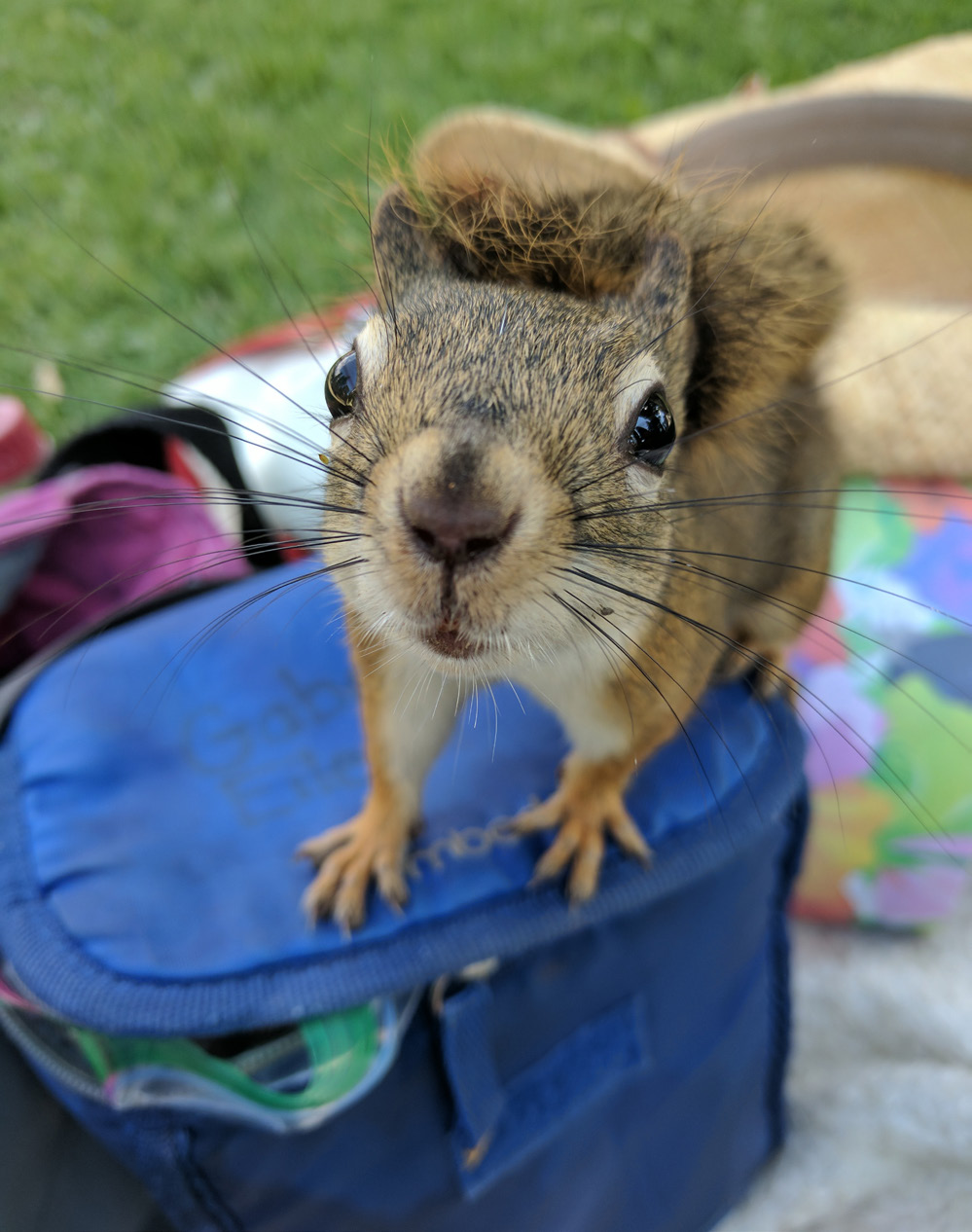Master Gardener Spotlight: Clever Squirrel Investigation
There are many ways to volunteer as an Extension Master Gardener. One way that Master Gardeners volunteer is by answering questions. They answer inquiries while staffing a farmer’s market booth or answering phone calls at their local Extension office, but the way most volunteer is by answering neighbors’ questions. The purpose of the Master Gardener program is to provide unbiased, research-based information to people in Montana communities. By answering neighbors’ questions with science-based information, Master Gardeners are educating their neighbors and reducing the load on their local Extension agent.
In the fall, more questions seem to arise related to four-legged animals and their attraction to our landscapes. There are the usual questions about raccoons, deer, and the occasional bear. One frequent urban dweller that can cause mayhem in the landscape is the native red squirrel, otherwise known as the pine squirrel, and its introduced cousin, the eastern fox squirrel.
Red squirrels live in native conifer forests and the towns near them. They are noisy and territorial, and, when given the chance, they may torment dogs. Red squirrels’ physical features include a white belly and white around their eyes. They are resourceful and feed on seeds and berries.

Photo: Sarah Eilers, MSU Extension
INVESTIGATIONS RELATED TO SQUIRREL INCIDENTS
- Although conifers should not defoliate in the fall, new growth on a spruce tree was falling off in the fall months. Spruce tips were scattered underneath the tree for no apparent reason. This damage was found to be caused by red squirrels. Red squirrels chew through the spruce stems because they are unable to reach the cones on the very tip of the branch. Once the branch is on the ground, they can retrieve the spruce cones. They store the cones in large caches for winter feeding. In the end, the spruce tree was fine, and the squirrels were happy.
-
A neighbor asked to have a look at a flowerpot in her front yard. She was concerned about a suspicious five-leaved plant growing in the pot that she did not plant. Her concerns were alleviated with the identification of the plant as a young Ohio buckeye tree. Red squirrels, who are able to consume the toxic Ohio buckeye, harvest buckeyes in the fall and hide the seeds so they can retrieve them later. In this case, her flowerpot was the perfect storage unit. The buckeye was promptly removed.

Photo: Sarah Eilers, MSU Extension
- A couple requested a look at their apple trees, where large strips of bark had been removed. Non-native Eastern fox squirrels caused the bark damage. During the winter, when food resources are limited, fox squirrels will eat the bark of deciduous trees, especially fruit trees, to survive.
Contact the local MSU Extension office to find out more about how to reach local Master Gardeners to help solve your own landscape investigations.
Sarah Eilers is the MSU Extension Master Gardener Coordinator.
